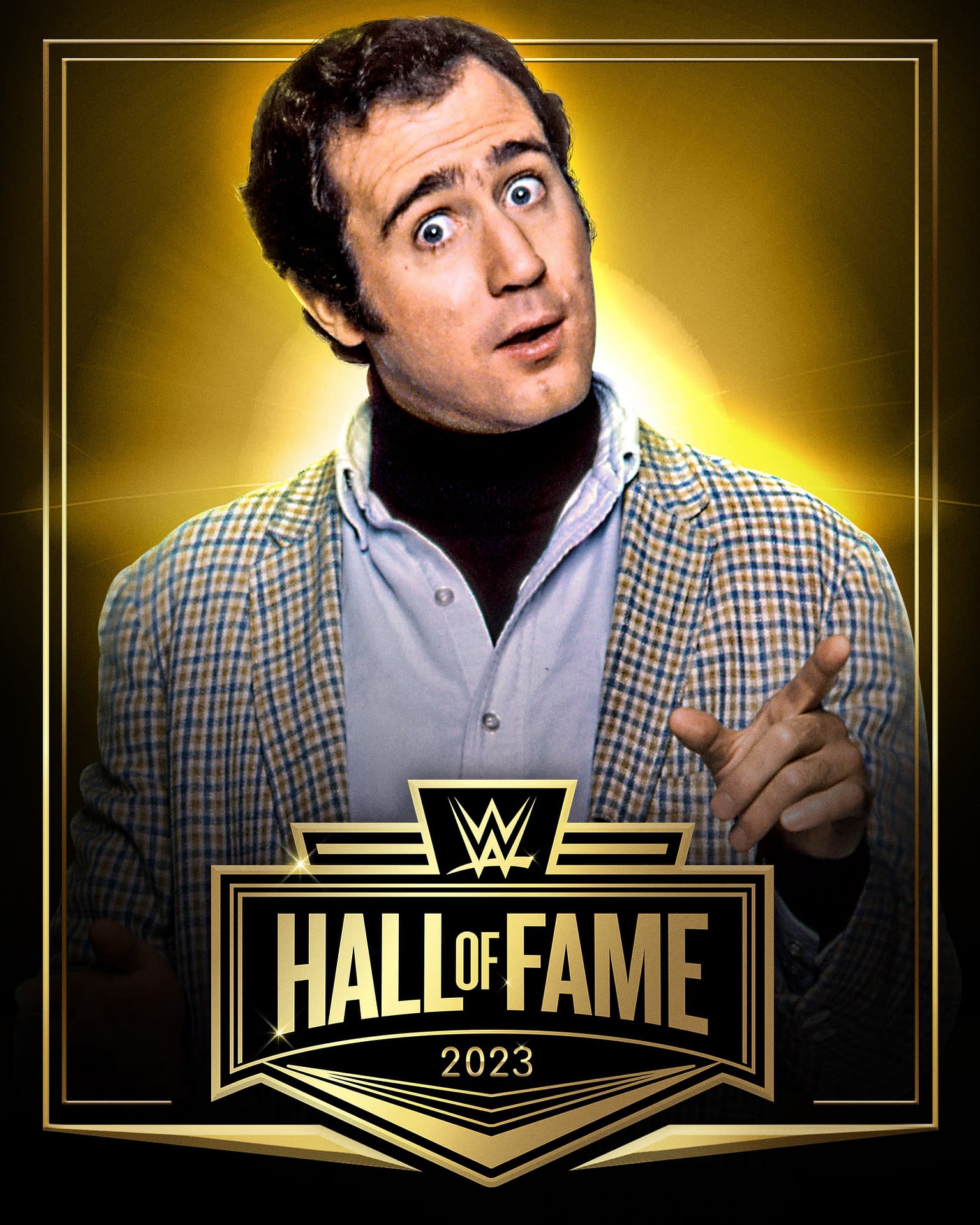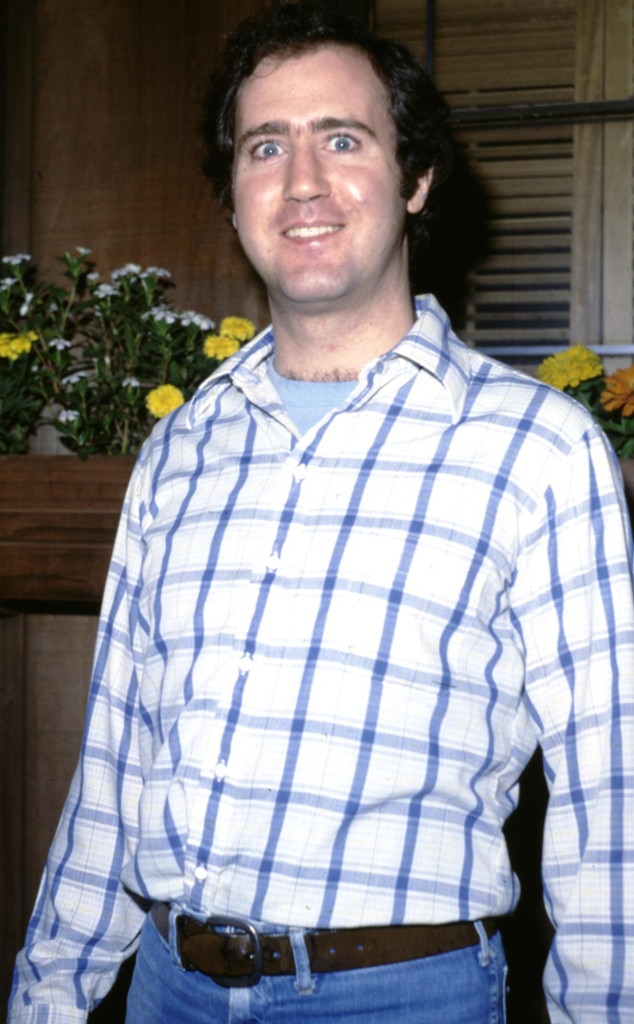Can the essence of a unique personality truly be captured by another, even with immense talent? Jim Carrey's portrayal of Andy Kaufman in Man on the Moon missed the mark due to an inability to replicate Kaufman's enigmatic vulnerability. While Carrey brought his signature flair to the role, something intrinsic to Kaufman’s persona eluded him. Kaufman’s performances were not merely acts but profound expressions of his complex identity. This disparity between actor and subject raises questions about the limits of biographical filmmaking when attempting to encapsulate such singular figures.
Kaufman’s career was anything but conventional. Best known for his role as Latka Gravas on the television sitcom Taxi, he transcended traditional boundaries of comedy and entertainment. His work extended beyond television screens into movies, Broadway appearances, and even Carnegie Hall. However, Kaufman's legacy is perhaps most enduringly tied to his unconventional approach to performance art. He blurred lines between reality and fiction, challenging audiences' perceptions and leaving behind a body of work that continues to intrigue and inspire decades after his death. The challenge for any actor portraying Kaufman lies not only in mimicking his actions but also in understanding and conveying the psychological depth underlying them.
| Bio Data & Personal Information | Career & Professional Information |
|---|---|
| Full Name: Andrew Geoffrey Kaufman | Known For: Role as Latka Gravas in Taxi; Performance Art |
| Date of Birth: January 17, 1949 | Notable Works: Taxi, Heartbeeps, Man on the Moon (biopic) |
| Place of Birth: Milwaukee, Wisconsin | Awards: Inducted into National Comedy Center, WWE Hall of Fame |
| Education: Attended Gompers High School in New York City | Legacy: Pioneering figure in avant-garde comedy |
| Family: Sister – Micki Kaufman | Reference: IMDb Profile |
Despite Jim Carrey’s efforts, critics argue that his interpretation of Kaufman lacked authenticity. There was a certain je ne sais quoi in Kaufman’s demeanor—a mix of sincerity and calculated absurdity—that proved elusive to replicate. Kaufman’s ability to seamlessly shift between personas while maintaining an air of mystery set him apart from other comedians. In contrast, Carrey’s exaggerated style seemed at odds with Kaufman’s subtlety. Fans of Kaufman often cite this discrepancy as a primary reason why the film failed to fully capture the essence of its subject.
Kaufman’s impact extends far beyond his on-screen roles. His willingness to push boundaries and question societal norms resonates deeply within the entertainment industry. For instance, his wrestling feud with Jerry Lawler became a cultural phenomenon, blurring the line between scripted entertainment and real-life drama. This incident exemplifies Kaufman’s genius in creating scenarios where truth and fiction coexist harmoniously. Such nuances are difficult to convey through conventional acting techniques, making it unsurprising that some aspects of Kaufman’s character remained unattainable for Carrey.
Andrew Buss, who worked closely with Kaufman’s estate, shared insights into how Kaufman’s influence continues to shape modern storytelling. Reflecting on his journey, Buss recounted meeting Kaufman’s sister and eventually becoming the official archivist/historian for Kaufman’s legacy. Through this role, he witnessed firsthand the posthumous recognition Kaufman received, including induction into prestigious halls of fame and receiving a star on the Hollywood Walk of Fame. These accolades underscore Kaufman’s lasting impact on both comedy and popular culture.
Kaufman’s refusal to adhere to conventional expectations extended to his personal life as well. Stories abound regarding his eccentricities, including claims of faking his own death—a claim later debunked but emblematic of his penchant for deception and reinvention. This aspect of Kaufman’s identity adds layers of complexity to any attempt to portray him accurately. It requires more than mere mimicry; it demands an understanding of his philosophical underpinnings and artistic motivations.
In addition to his comedic contributions, Kaufman ventured into various forms of media. He appeared in films like Heartbeeps and authored books exploring themes of existence and consciousness. One notable example is “The Lion of God #1: Q is for Quantum,” which delves into ideas about mortality and transcendence. Such works reveal Kaufman’s intellectual curiosity and desire to explore deeper truths through creative expression. They further highlight the challenges faced by actors attempting to embody such multifaceted individuals.
The debate surrounding Carrey’s portrayal of Kaufman underscores broader issues within biographical filmmaking. Capturing the essence of someone whose life defied easy categorization requires more than technical skill or physical resemblance. It necessitates a deep comprehension of their worldview and motivations. While Carrey may have fallen short in this regard, his effort nonetheless sparked important discussions about the nature of artistic representation and the limitations inherent in translating lived experiences onto the screen.
Moreover, Kaufman’s influence persists in contemporary discourse around authenticity and performance. As society grapples with questions about what constitutes genuine versus constructed identities, Kaufman’s work remains relevant. His exploration of these themes anticipated many conversations now central to discussions about digital avatars, virtual realities, and the fluidity of self-presentation in the modern era.
Ultimately, the success or failure of any biographical project hinges on its ability to connect with audiences emotionally and intellectually. While Jim Carrey’s portrayal of Andy Kaufman may not have achieved universal acclaim, it succeeded in reigniting interest in Kaufman’s groundbreaking contributions to comedy and performance art. By sparking debates and encouraging viewers to revisit Kaufman’s original works, the film fulfilled one crucial function of biopics—to keep the spirit of extraordinary individuals alive for future generations.
In conclusion, Andy Kaufman’s legacy endures not only because of his innovative approach to comedy but also due to his relentless pursuit of challenging conventions. Whether through his performances, writings, or interactions with fans, Kaufman consistently pushed boundaries, inviting others to reconsider their assumptions about reality and fiction. Any attempt to recreate his persona must therefore account for these complexities, recognizing that true fidelity to Kaufman’s spirit involves embracing ambiguity rather than seeking definitive answers.




